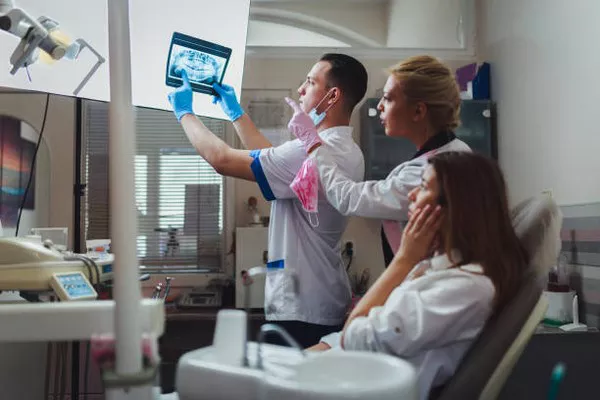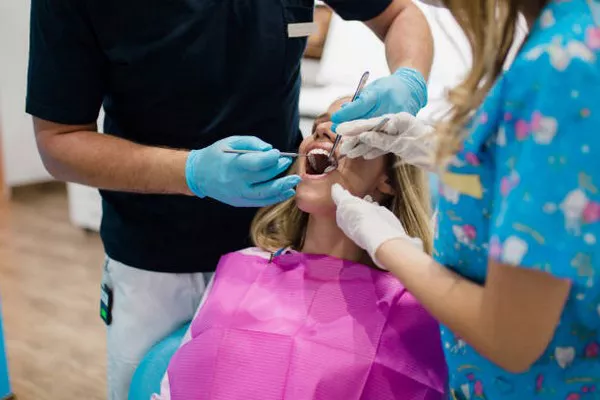Teeth whitening strips have become a popular option for people looking to achieve a brighter, more radiant smile. While these products can be effective at removing surface-level stains and discoloration, some people may be unsure about the best practices for maintaining their results after using whitening strips. One common question is how long to wait before eating or drinking after using whitening strips.
In this article, we will explore four key topics related to eating after using whitening strips.
How whitening strips work
Whitening strips are thin, flexible plastic strips that are coated with a gel containing a bleaching agent like hydrogen peroxide. The strips are placed over your teeth for a specified amount of time, allowing the formula to penetrate the enamel and break down surface-level stains. Over time, consistent use of whitening strips can result in a brighter, whiter smile.
The importance of waiting before eating or drinking
After using whitening strips, it is important to wait a certain amount of time before eating or drinking anything that could stain or damage your teeth. This is because the active ingredients in the whitening gel can temporarily weaken your enamel, making your teeth more vulnerable to staining and damage immediately after use.
Waiting before eating or drinking gives your enamel time to remineralize and strengthen, reducing the risk of damage or staining. Failure to wait long enough before consuming food or drinks can diminish the effectiveness of the whitening treatment and compromise the results.
Factors that affect how long you should wait
The length of time you should wait before eating or drinking after using whitening strips can vary depending on several factors, including:
The strength of the whitening strips: Some products are designed to be used for shorter periods of time or may be less potent, requiring less time to wait before consuming food or drinks.
Your individual level of sensitivity: People with more sensitive teeth may need to wait longer than those who do not experience sensitivity after using whitening strips.
The type of food or drink you plan to consume: Some foods and drinks are more likely to stain or damage your teeth than others. For example, coffee, tea, and red wine are known to cause staining, while citrus fruits and soda can erode enamel over time.
In general, it is recommended to wait at least 30 minutes before eating or drinking anything after using whitening strips. However, some products may require longer waiting periods, so it is important to follow the instructions provided by the manufacturer.
Best practices for maintaining results after using whitening strips
To maintain the results of your whitening treatment and protect your teeth from damage or staining, consider the following best practices:
1.Wait at least 30 minutes before consuming any food or drinks after using whitening strips.
2.Avoid consuming foods and drinks that are likely to stain or damage your teeth, such as coffee, tea, wine, soda, and acidic fruits.
3.Use a straw when consuming staining liquids to minimize contact with your teeth.
4.Maintain good oral hygiene through regular brushing and flossing to remove plaque and prevent decay.
5.Consider using a desensitizing toothpaste or reducing the frequency of your whitening treatments if you experience tooth sensitivity.
6.Consult with your dentist before starting any new whitening treatment to ensure that it is safe and appropriate for your individual needs.
In addition to these best practices, it is important to remember that the results of whitening strips are temporary and will fade over time. To maintain a bright, white smile, you may need to repeat the treatment periodically or consider other whitening options, such as professional in-office treatments or customized whitening trays.
In conclusion, waiting before eating or drinking after using whitening strips is important to protect your teeth from damage or staining. The recommended waiting period may vary depending on several factors, including the strength of the product and your individual level of sensitivity. By following best practices for maintaining results and protecting your dental health, you can enjoy a brighter, more radiant smile for years to come.
Related Topics:



























